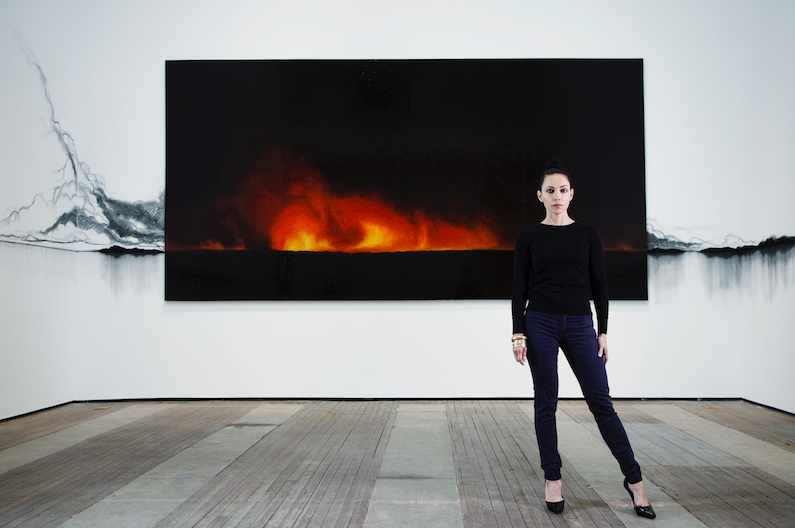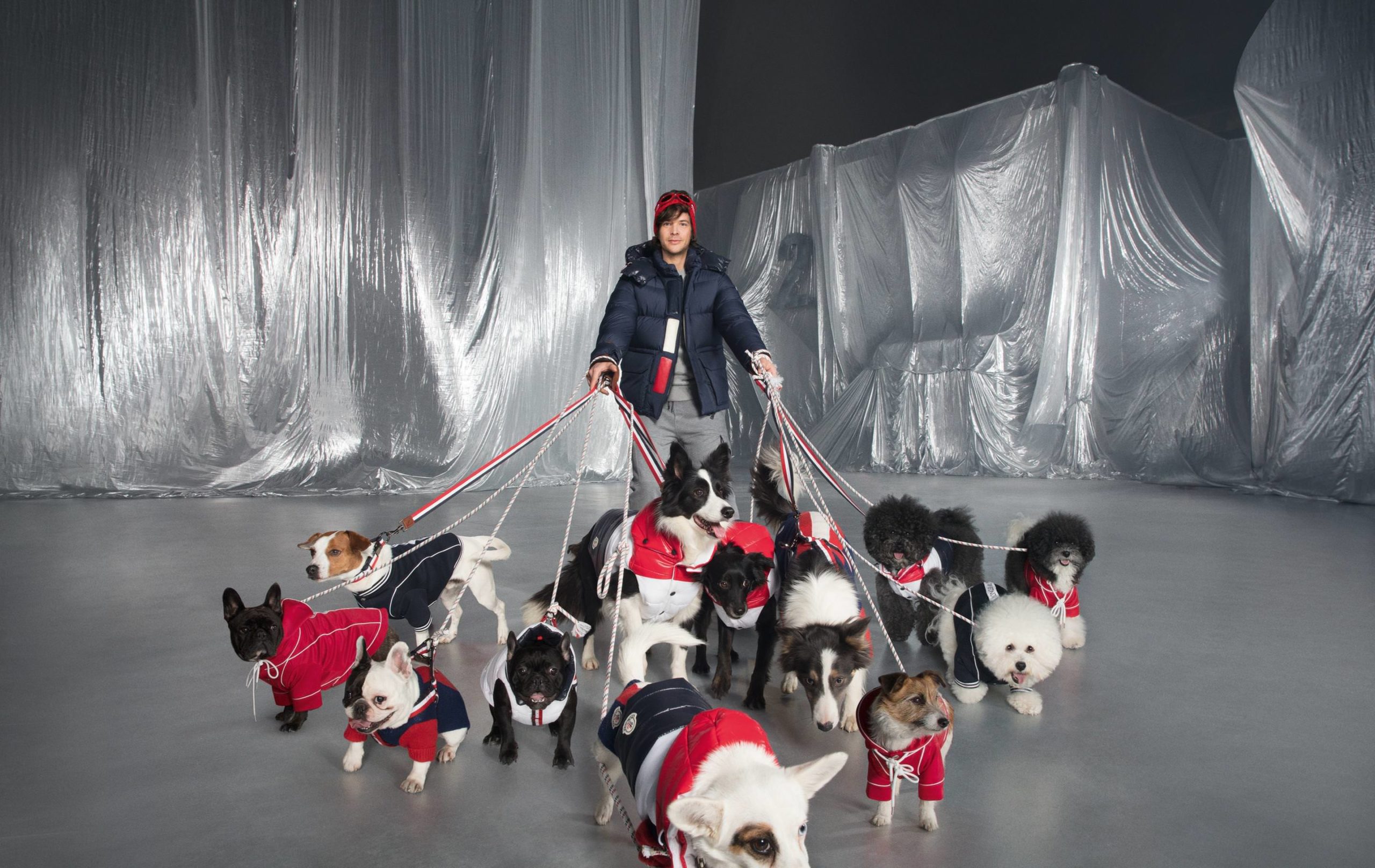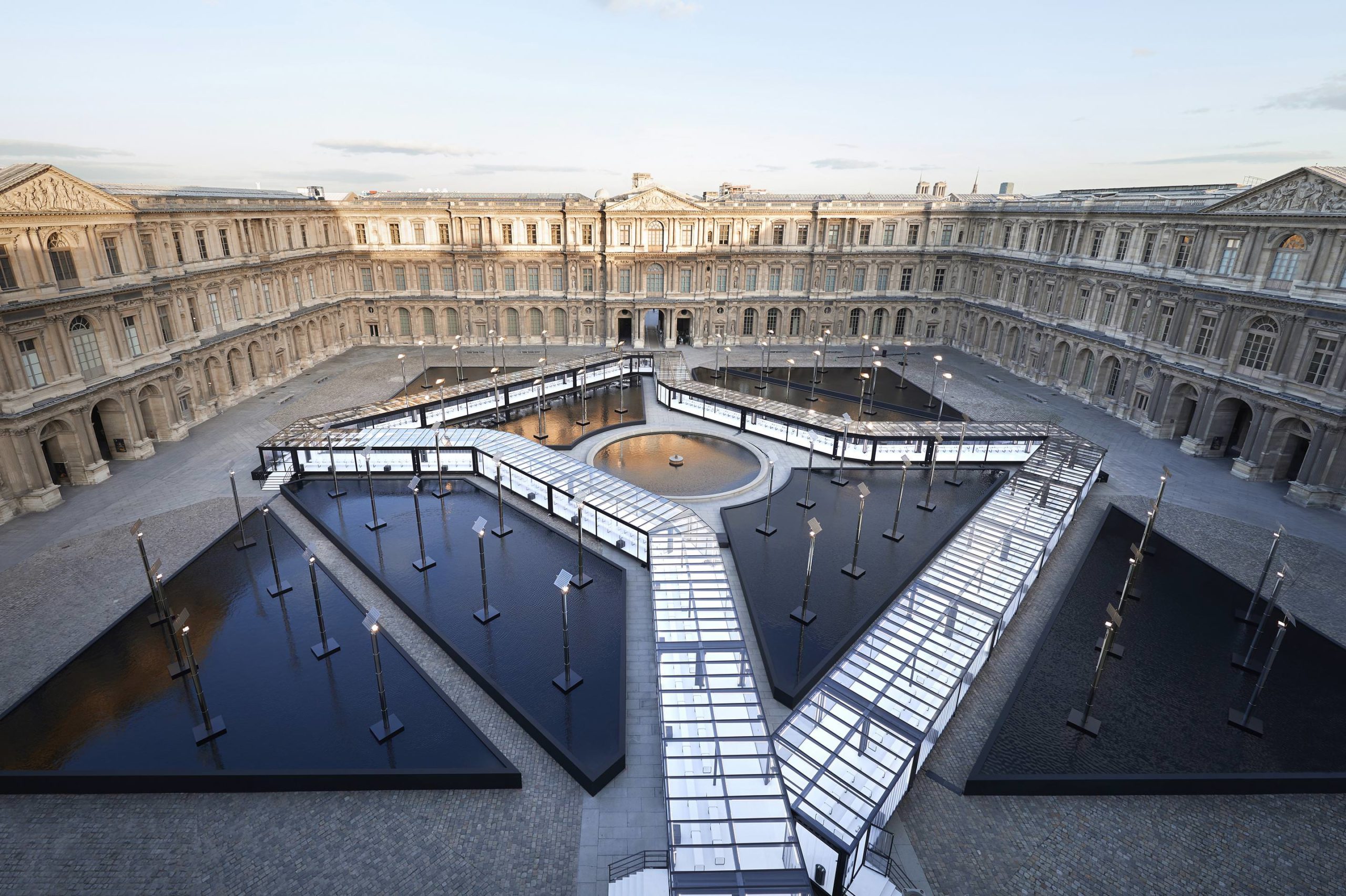On view this summer at L’Objet in Southampton are Christopher Adams’ flora and fauna ceramics—a representation of his passion for peculiar plants and animals found in the wild. From the start, Adams focused on the flourishing natural world he was exposed to in places like Florida and Madagascar. In 1996, while making what he thought would be his first two-tiered, freestanding ceramic planter, “I realized it just had a life of its own,” Adams said. “It didn’t need the plant.” After making roughly 6,000 of them since, he has exhibited his work internationally. At L’Objet’s Southampton location this season, 60 plantlike pieces will line the walls, showing vibrant colors and gorgeously grotesque details of plants that some of us may have never otherwise knew existed.
From an early age, Adams was interested in the obscurely beautiful. After spending the first 10 years of his life in Medford, Massachusetts, he and his family relocated to Florida for a change, and it was there that his interest in flora and fauna began.
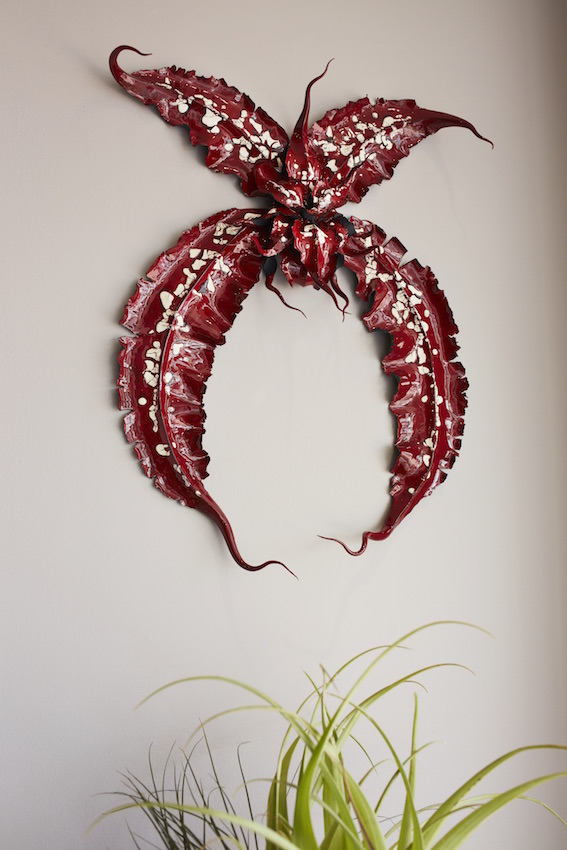
Photos by Chris Mottalini
“There are not all that many exotic things up here,” said Adams, referring to the Northeast. “Once I asked my mother if I could raise cockroaches in the basement, although they’re not necessarily exotic, and she was like, ‘No, no.’ And so we moved to Florida, and lo and behold, you couldn’t get rid of them.” He went on to delightfully discuss in detail the palmetto bugs with their three-inch-long bodies quickly crawling up the wall, scorpions, “bigger and more wonderful” butterflies, and other critters found in the Sunshine State. “Everything was bigger and more exciting down there,” he said. “Florida kind of opened the floodgates.”
He moved back to Massachusetts late to pursue a bachelor’s degree in organismic and evolutionary biology at Harvard, graduating in 1994. “One of the reasons I went there was because they had one of the largest and oldest collections of dead fish, the ichthyology collection there . . . and they have the Museum of Comparative Zoology. They had these wonderful Victorian-style rooms of taxidermy animals, and the hallways are full of the skeletons,” he told us.
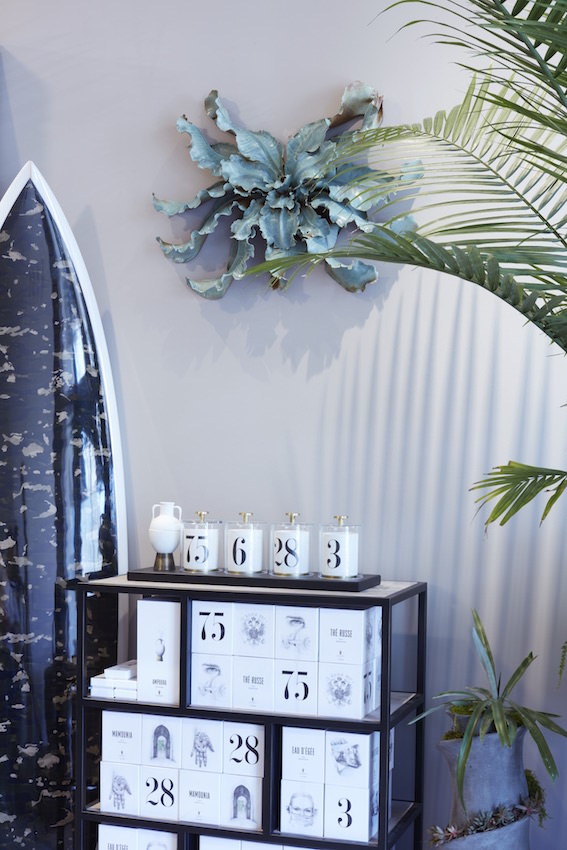
Photos by Chris Mottalini
While there, he created organismic art in what was then the well-equipped Radcliffe Ceramics Studio on the outskirts of the university campus—one of the last facilities to hold on to the Radcliffe name after the merger of Harvard College and Radcliffe College into one institution.
After he graduated from Harvard, Adams was awarded the Frederick Sheldon Traveling Fellowship, which allowed him to travel to Madagascar to study his interests a little more closely. “It was in part to show history and knowledge gaps in the ant fauna there, but also to collect some butterflies for some of the modular work that was going on back in the labs that I worked in as an undergraduate,” he explained. While there, he also helped illustrate for a local park, and expanded on his interests in both science and art.
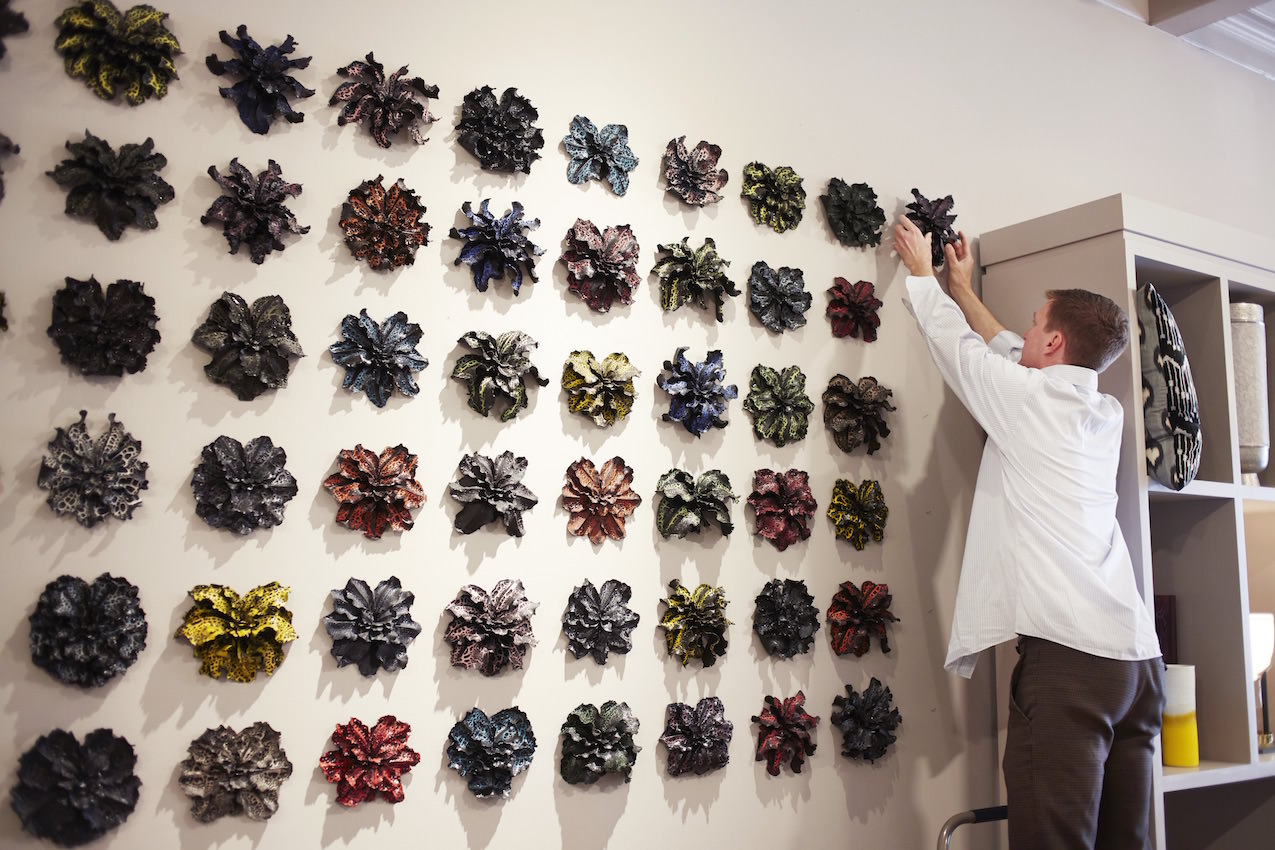
Photos by Chris Mottalini
When his fellowship came to an end, Adams moved back home, asking, “What can you do with an interest in insects and illustration?” But as it turned out, “It was exactly the thing that one of my professors needed,” said Adams, of the Museum of Comparative Zoology at Harvard. There, he did illustrations for journals and papers, insect collection work, and some computer graphics, too.
From there, Adams began consulting with the architectural firm, then Joseph Wetzel Associates, known for its construction of the Florida Aquarium in Tampa, Florida. He assisted with research, writing, fact-checking, and image selection to revamp the old facilities and exhibitions, while still making ceramic work at the ceramics studio at Harvard. His passions for art, biology, zoology, and pathology eventually led to medical school at Columbia University, where in 2004 he earned a degree in dermatology—which he still practices in Boston.
At L’Objet this summer, he’ll be presenting a grid of brightly colored, leafy forms with a beaded texture reminiscent of orchid species like Paphiopedilum bellatulum and Phalaenopsis cultivars, alongside a three-foot-wide delicately attenuated wall piece in bright red (a color typically associated with poisonous plants) and a beetle-like black-and gold arrangement.
Through a diverse range of interests, the natural overlap of Adams’ personal and professional lives is something that is alive and well—and growing like a weed.
This article is in Whitewall‘s summer 2016 Design Issue.




